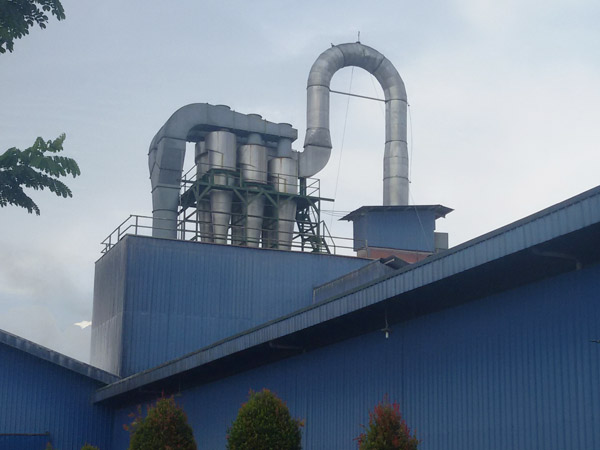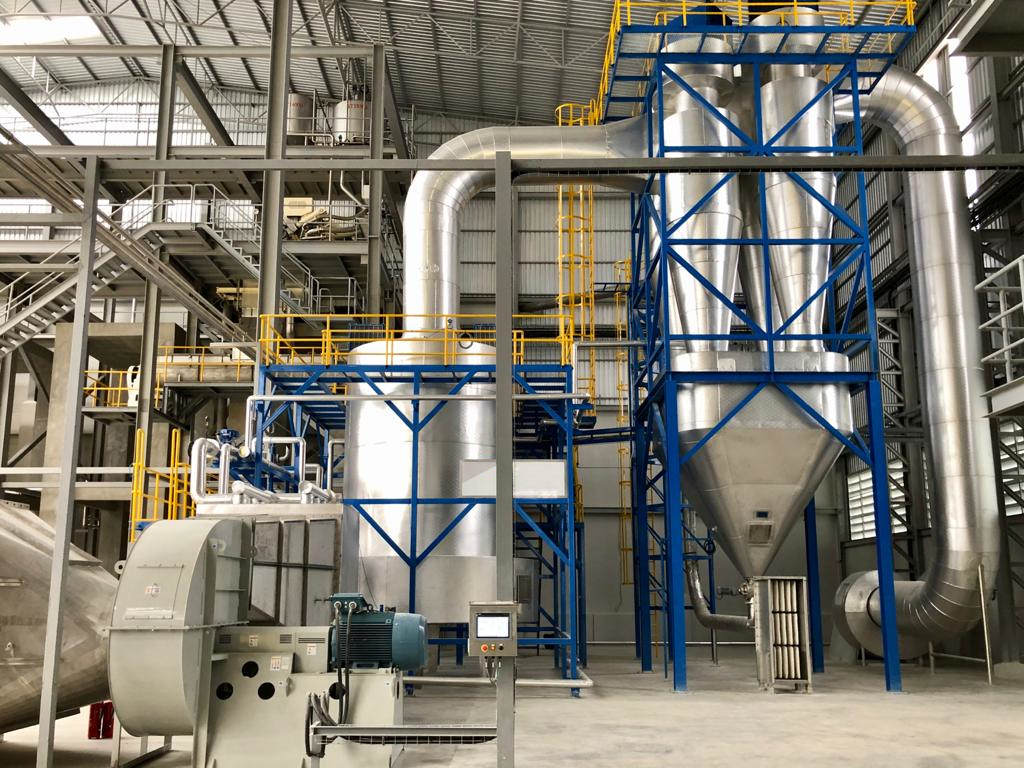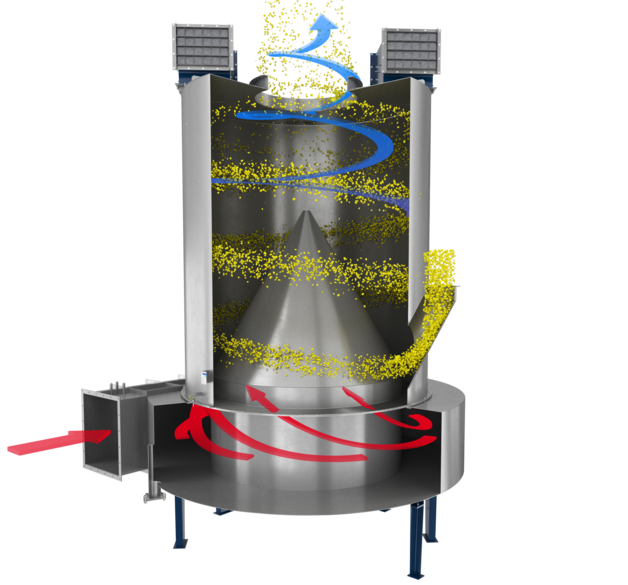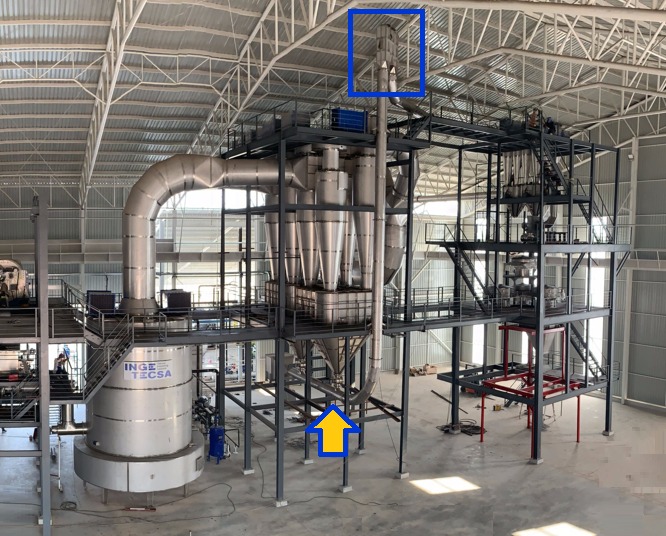Starch
Drying and cooling of native and modified starches are process steps Ingetecsa has decades of experience with. With dozens of references and a unique drying technology, we can’t wait to let you benefit from our experiences.
Our newest drying technology has several distinctive advantages to offer for starch applications such as:
- Proven better product quality
- Lower energy use, saving up to 28% when heated with steam
- Superior hygiene as there are no moving parts in the drying zone
- Lower maintenance and higher safety rates due to the static technology
- Entirely indoor installation with faster installation times

Click here to go directly to the starch drying section.
STARCH INTRODUCTION
Starch or amylum is a carbohydrate (polysaccharide) and is present
in large amounts in tubers (potatoes and cassava), and in cereals
(such as corn, wheat, and rice), and to a smaller extend in pulses,
fruits, vegetables and grasses. Starch is extracted from more than
50 types of plants. The molecules arrange themselves in the plant
in granules varying in size and in shape for each plant species.
The oldest application of starch is as a thickening as well as a gluing
agent for food products. Today, it is the most common
carbohydrate in human diets. Its applications are widespread.
Not only are food starches used as thickeners but also as stabilizers.
As a result, they provide the final characteristics of the products.
For instance the viscosity, the texture, the mouth-feel, and its
consistency.













